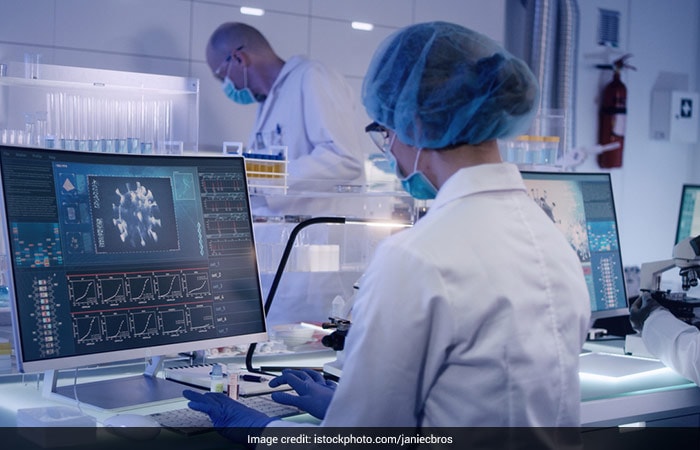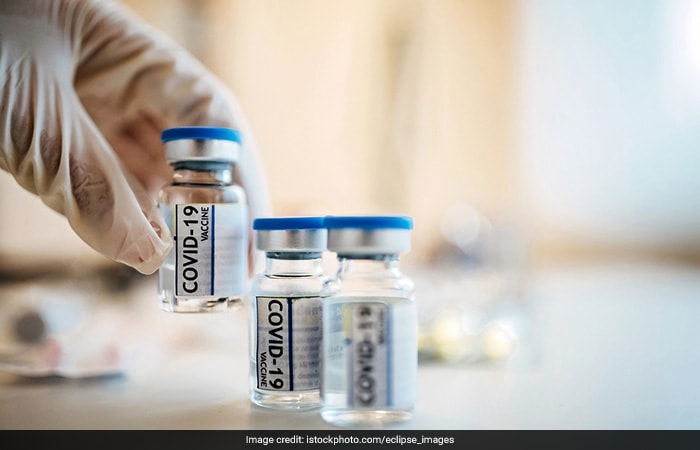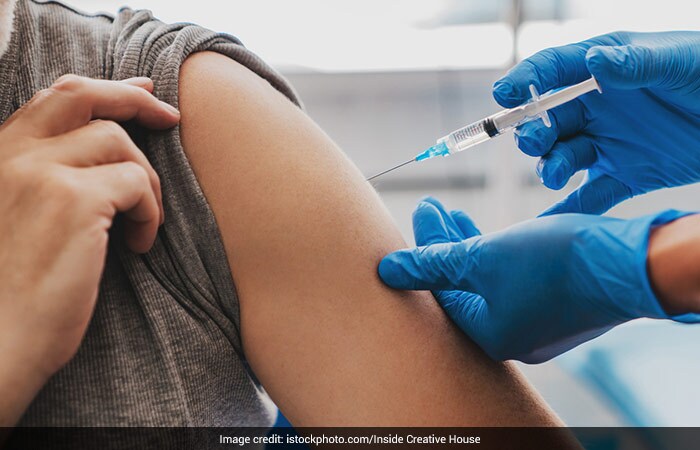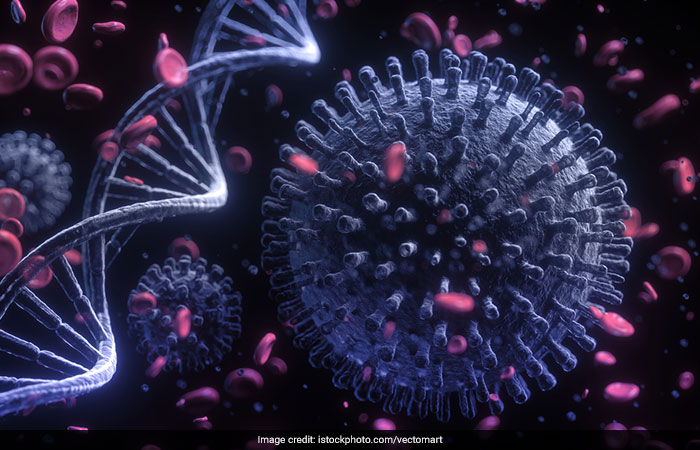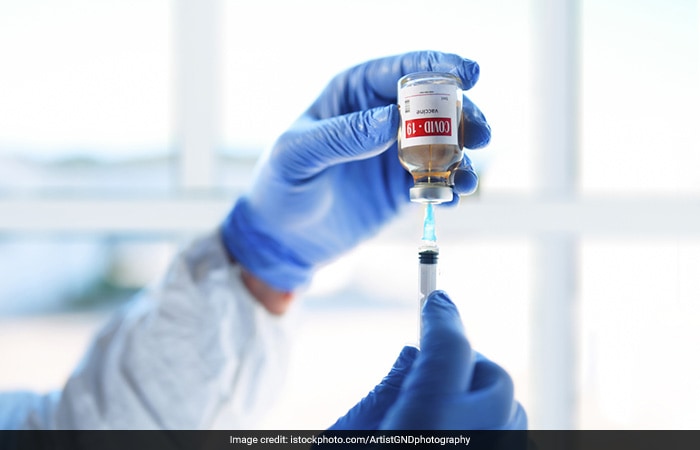Coronavirus Explained: What Is mRNA COVID-19 Vaccine Technology?
Countries across the globe have started coronavirus vaccination programme in a fight against the COVID-19 disease caused by SARS-CoV-2. On December 11, 2020, the U.S. Food and Drug Administration issued the first emergency use authorisation to Pfizer-BioNTech's COVID-19 vaccine for its use in the U.S. among individuals who are 16 years of age and older. Soon Pfizer-BioNTech's COVID-19 was rolled out in the United Kingdom (U.K.), Canada and several mainland European countries. India too initiated its coronavirus vaccination drive on January 16 with restricted emergency use provided to Covishield and Covaxin. Though all vaccines aim at providing immunity from the Novel Coronavirus, they are developed differently. For example, Pfizer-BioNTech's BNT162b2 and Moderna's mRNA-1273 use the genetic approach and have developed mRNA (messenger-RNA) vaccines. But what is an mRNA vaccine? NDTV spoke to experts to find out.
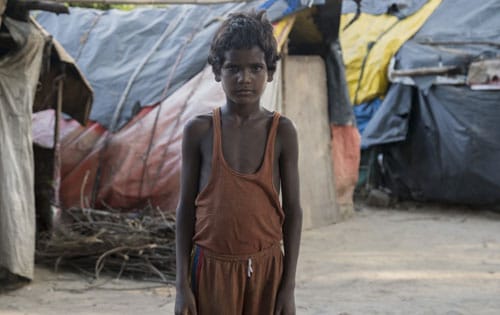
Nearly 20 lakh children live on the streets of India, without an identity, a name to call their own, a place to call home, sleeping on empty stomachs for days and nights. These twenty lakh are children, who have dreams, who have rights, who are our tomorrow. They are living in the shadows today.
During these unprecedented times, not everyone can afford the privilege of social distancing. And not everybody can stay home during the lockdown, simply because they don’t have a home. Those living in poverty are extremely vulnerable, struck with a sudden lack of funds, food, mobility and a struggle for survival. And, as with all humanitarian crises, it is the children who have been affected the most.
It is always the children on the street who are subjected to some of the harshest realities of life. Today they are battling a catastrophic crisis, and it’s time we step in to protect them.
As a part of our COVID-19 response, Save the Children is working across various regions and has already directly reached over 18,000 children and adults to cover their basic needs. The organisation is ensuring their daily needs and their dignity and hygiene are also being cared for. Save the Children has identified 2.5 lakh children in cohorts, across 10 cities in India. Reaching out to these children with emergency relief is a top priority. But this cannot be done alone.
Save the Children and NDTV join hands to bring focus to the lives of children living in street situations. As India fights the Coronavirus, we must not forget one of the most marginalised and excluded groups whose lives have been long ignored – street-connected children. The 21-day campaign will generate public interest and raise funds to ensure these 20 Lakh+ children who live, earn, sleep and eat on our streets are cared for and protected. Amidst the crisis the world is facing, they are most vulnerable, exposed to infection and disease.




